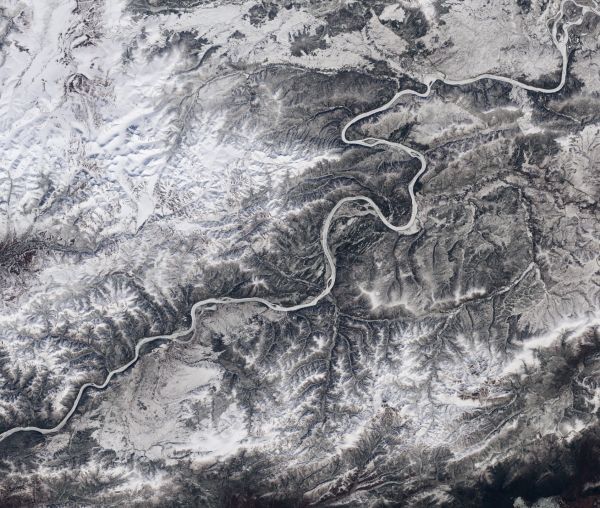More than half of Earth’s rivers freeze over every year. These frozen rivers support important transportation networks for communities and industries located at high latitudes. Ice cover also regulates the amount of greenhouse gasses released from rivers into Earth’s atmosphere.
A new study from researchers in the University of North Carolina at Chapel Hill Department of Geological Sciences found that annual river ice cover will decline by about six days for every one degree Celsius increase in global temperatures. This decline will have economic and environmental consequences. The study, “The past and future of global river ice,” was published Jan. 1 in the journal Nature. It is the first study to look at the future of river ice on a global scale.
“We used more than 400,000 satellite images taken over 34 years to measure which rivers seasonally freeze over worldwide, which is about 56% of all large rivers,” said Xiao Yang, a postdoctoral scholar in the UNC-Chapel Hill geological sciences department and lead author on the paper. “We detected widespread declines in monthly river ice coverage. And the predicted trend of future ice loss is likely to lead to economic challenges for people and industries along these rivers, and shifting seasonal patterns in greenhouse gas emissions from the ice-affected rivers.”
Read more at University of North Carolina at Chapel Hill
Image: Ice cover on the Yukon River approaching its confluence with the Tanana River in Alaska. Courtesy Landsat imagery/NASA Goddard Space Flight Center and U.S. Geological Survey


